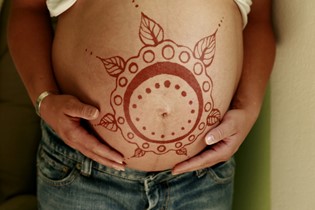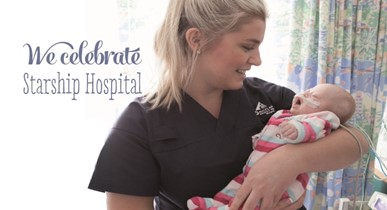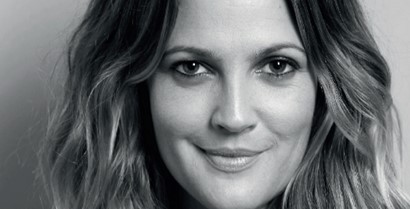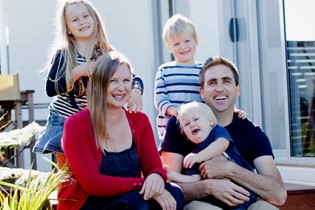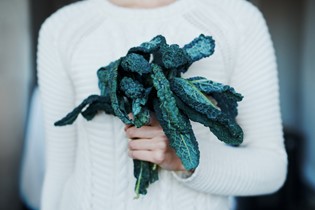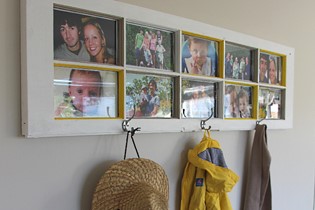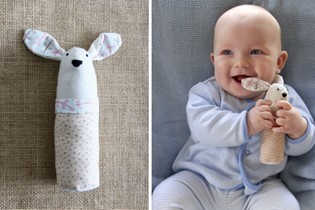A Navajo Blessingway
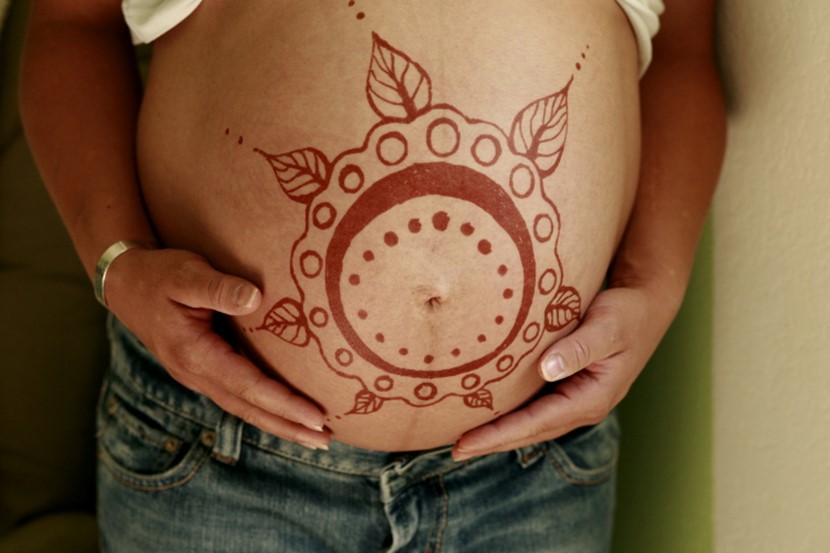
In this modern world, more women are turning to traditional cultural practices to celebrate their journey to motherhood, such as this take on the Navajo blessingway.
In much of the Western world, where work so often determines that we live far from friends and family, women are creating new traditions to cement new communities – and to celebrate their journey into motherhood. Modern blessingways are not the same as the sacred rituals still practised by the Navajo people, but they are becoming increasingly popular as ways for women to support each other.
Milli Hill, founder of the Positive Birth Movement, lives in Somerset with her partner and two daughters. When she was looking for a way to welcome her third child into the family, she decided to explore how the blessingway ceremony could be adapted to her life in England.
“We had a gathering of my close women friends at my home,” Milli remembers. “There were about ten of us, including my midwife, my mother and my two little girls, aged three and five, who were very excited. I wanted them both to have a very positive idea of birth; I had heard only horror stories before becoming a mother.
“Everyone brought food to share and we sat in the garden but then we got dive-bombed by wasps. So we moved into my neighbour’s bell tent, which is a lovely circular space.
“I had asked everyone to bring a poem or a piece of music, so we went around the circle and heard each one; it was very moving. One friend read a poem that another friend had written for her own birth; another played music that was playing when her child was born – so there was a sense of these lovely things being passed on.
“Everyone had also brought a bead, which we threaded on to a long piece of gold elastic which we stretched around the whole circle. My partner had given my girls a bead to give to me, so his was the first one threaded on to the elastic; it made it feel as though he was holding everything together. As each bead was threaded on to the elastic, it was passed around the circle and went through each woman’s hands until it eventually reached me.
“I cut the elastic and tied it into a necklace, which I put around my neck. Then each woman cut a section of the remaining elastic and threaded on one wooden bead to make a bracelet which she would wear until my baby was born – a symbol of her connection to me.
“Then I had my bump hennaed with a leaf pattern. It was beautiful! Most of my friends had to get home to their own children, but a few of us stayed up late talking, together with my partner and my neighbour’s husband.
“I am wearing my necklace of beads now, and I like the idea that, when I am in labour, all those people who are important to me will be wearing theirs too.”
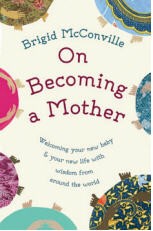
Extract from On Becoming a Mother by Brigid McConville, Oneworld, RRP$24.99.

AS FEATURED IN ISSUE 26 OF OHbaby! MAGAZINE. CHECK OUT OTHER ARTICLES IN THIS ISSUE BELOW


